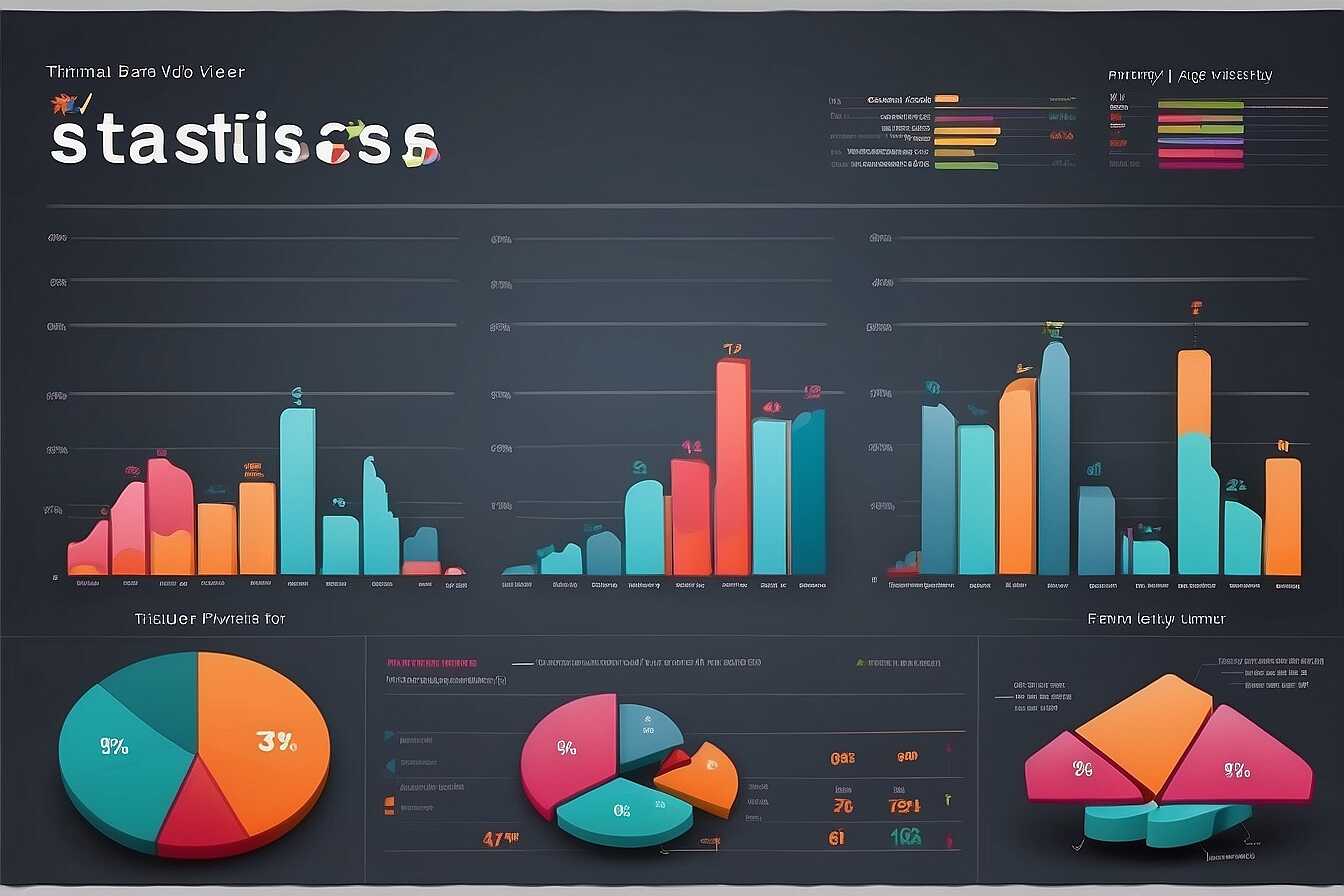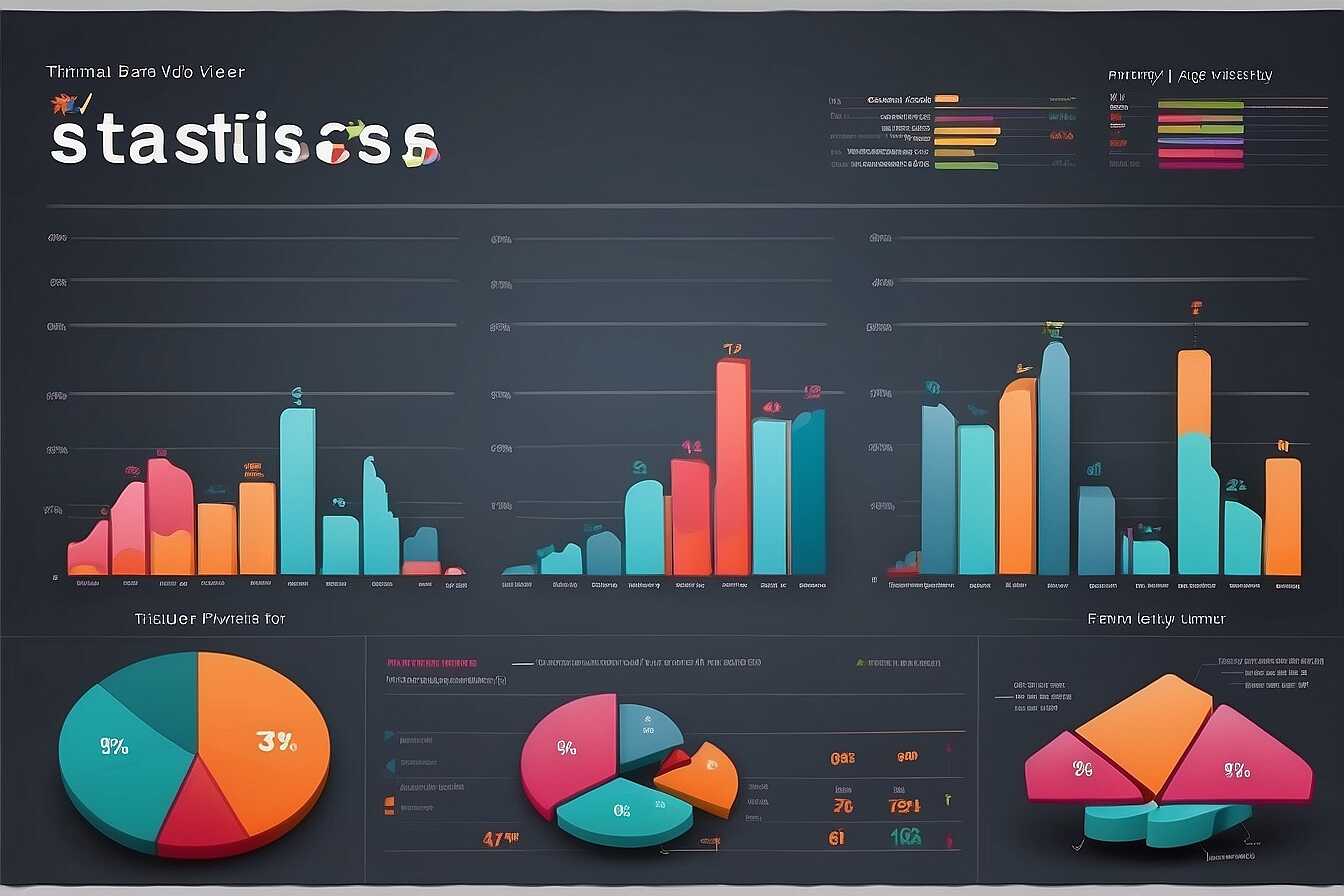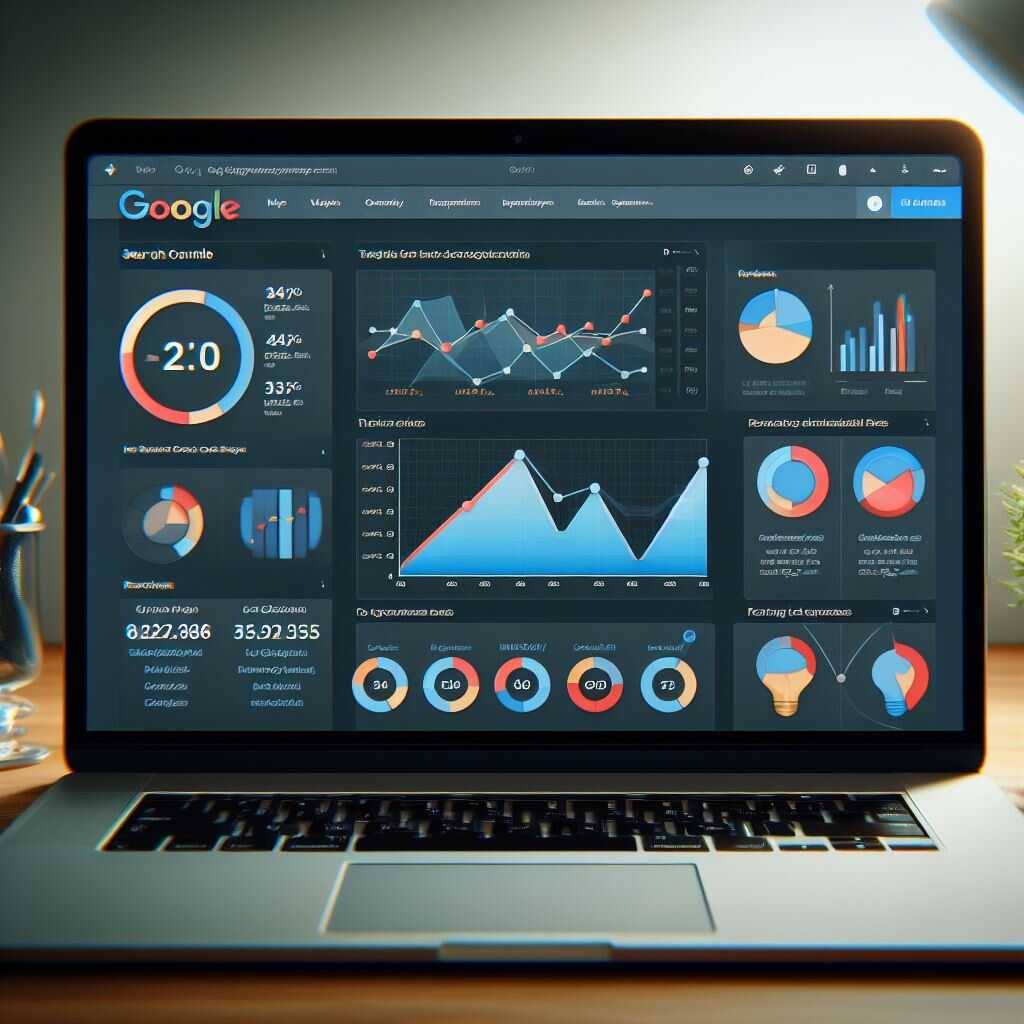Using canonical tags effectively helps you avoid duplicate content penalties that can hurt your site’s SEO performance. These tags inform search engines which version of a page you want to prioritize, preventing confusion. At Metrics Rule in Vancouver, we specialize in technical and on-page SEO strategies that include the proper use of canonical tags. Understanding and applying these tags correctly is crucial for maintaining your site’s authority and improving search rankings.
Defining Canonical Tags and Their Role in SEO
Canonical tags, also known as rel=”canonical”, are HTML elements that help search engines understand the preferred version of a webpage when multiple versions exist. They play a critical role in SEO by preventing duplicate content penalties, which can arise when similar content appears on multiple URLs. By correctly implementing canonical tags, website owners can ensure that search engines, like Google and Bing, recognize the original source of the content, thereby improving indexing and crawling efficiency. This practice is essential for maintaining search rankings and preventing dilution of link equity across similar pages.
Benefits of Using Canonical Tags
Implementing canonical tags provides numerous benefits, particularly in managing duplicate content across e-commerce websites and blogs. This technique helps consolidate page authority, thus enhancing overall SEO performance. Websites that engage in category filtering or product variations often face duplication issues. By applying canonical tags, they direct search engines to a single, authoritative URL, which improves website reliability and search engine visibility. This method enables businesses to rank better in search results, ultimately enhancing user engagement and contributing to higher conversion rates. In a competitive market like Vancouver, ensuring your website’s content is optimized using canonical tags is not just advisable but essential.
Identifying Duplicate Content Issues on Websites
Common causes of duplicate content include improper website architecture, content management systems (CMS) misconfigurations, and e-commerce platforms displaying similar product descriptions across multiple URLs. Search engines like Google and Bing struggle to determine which version of duplicate pages to rank, which can negatively impact your SEO performance. Key scenarios include URL parameters, unsecured and secured HTTPS pages, and printer-friendly versions of web pages. Understanding these issues enables webmasters to proactively implement effective SEO best practices and canonical tags to avoid potential penalties.
Common Scenarios Leading to Duplicate Content Problems
Many factors contribute to duplicate content, which can arise from content management systems that generate multiple URLs for the same content, such as e-commerce websites displaying the same product under various categories. Additionally, URL parameters used for tracking or sorting can create duplicate content across different web pages. Furthermore, if web pages exist in both secured (HTTPS) and unsecured (HTTP) formats, search engines may index both versions. To counteract these issues, using canonical tags can help direct search engines to the preferred version, ensuring your site’s SEO remains strong and focused.

Mechanics of Canonical Tags and Content Duplication
Canonical tags signal to search engines which version of content they should prioritize. These tags effectively manage duplicate content by pointing to the preferred URL, helping to consolidate SEO value. This is essential for maintaining the authority of your main pages. They are particularly useful when you have multiple URLs with similar content, such as in e-commerce where product comparisons or variations can lead to duplication. In this scenario, canonical tags guide search engines to understand which version of the page to index and display, thus avoiding duplicate content penalties.
Common Use Cases for Canonical Tags in SEO
Canonical tags are crucial in various SEO scenarios such as e-commerce websites, where product variants exist. For example, if multiple URLs feature slight differences in product descriptions, using a canonical tag ensures search engines recognize the primary version. This helps in consolidating traffic to the main page, enhancing its visibility and search rankings. Additionally, blog posts that are shared across different platforms may benefit from canonical links to their original articles. Using the proper canonical tag can prevent dilution of link equity and improve overall visibility on search engines like Google and Bing, ensuring that your content achieves the best possible performance.
Key Statistics on Duplicate Content Challenges
- Approximately 65% of websites face issues with duplicate content.
- Canonical tags can reduce these issues by up to 25% when implemented well.
- More than 30% of pages are said to have duplicate content according to search engines.
- Data shows that using canonical tags boosts crawl efficiency by 50%.
- Studies reveal that 52% of SEO professionals still overlook canonical tagging.
- Websites using these tags see a 19% improvement in organic rankings on average.
- Over 70% of SEO experts recommend implementing canonical tags for better performance.

Effective Strategies for Implementing Canonical Tags
Using canonical tags offers essential benefits, such as preventing duplicate content issues, which can hurt your SEO performance. They help Google and other search engines understand which page version should rank. This clear instruction enhances website indexing efficiency and ensures that all ranking signals consolidate to the primary URL. Combining canonical tags with effective sitemap management further improves indexing and crawling, enabling reliable results in search engine rankings. Surprisingly, research indicates that less than 30% of websites apply these tags correctly, diminishing their SEO effectiveness.
Integrating Canonical Tags with Other SEO Elements
Integrating canonical tags with other technical SEO elements, like sitemaps and robots.txt, is crucial for optimal performance. Sitemaps should include only canonical URLs to guide search engines accurately. Robots.txt can exclude non-canonical versions from being crawled, further enhancing indexing efficiency. This integration helps reinforce the primary page and provides a clear path for search engines to follow, thus improving your overall SEO results. When implemented correctly, these strategies ensure that your site is not only well-indexed but also ranks effectively.

Recommended Tools for Canonical Tag Management
When managing canonical tags, several tools can help ensure their proper implementation and optimization. Tools like Screaming Frog, Moz Pro, and Ahrefs stand out for their ability to identify duplicate content issues. Screaming Frog crawls your site, revealing potential canonical tag errors. Meanwhile, Moz Pro offers features designed for SEO analysis, ensuring your canonical tags are correctly applied across pages. Ahrefs includes a site audit function that reviews canonical links, providing reliable insights for optimizing your site. The reliability and performance of these tools are proven through user reviews and consistent data results.
Comparing Canonical Tag Management Tools
When comparing canonical tag management tools, consider their features and user feedback. Tools like Screaming Frog are excellent for technical SEO audits, while Moz Pro offers comprehensive site analysis including keyword rankings. Ahrefs excels in backlink analysis, which can be valuable for understanding how your canonical tags affect overall SEO performance. The best tools feature user-friendly interfaces that enhance efficiency. Performing thorough testing with these tools can provide data-driven results, ensuring that your canonical tags effectively prevent duplicate content issues. By utilizing these resources, users can effectively enhance their website’s SEO performance in 2025 and beyond.
Key Advantages of Proper Tagging Techniques
- Minimizes confusion for search engines about which page to rank.
- Using canonical tags helps maintain page authority across duplicates.
- Improves user experience by consolidating similar content effectively.
- Boosts website speed and efficiency in crawling and indexing processes.
- Reduces the risk of receiving duplicate content penalties effortlessly.
- Enhances the ability to control page ranking with straightforward tagging.
- Streamlines content management and avoids unnecessary duplication hassle.

How to Test and Confirm Canonical Tag Implementation
To ensure that your canonical tags are correctly applied, you can use a variety of tools to test their functionality. Tools like Google Search Console, Screaming Frog, or Ahrefs allow you to check how your canonical tags are recognized by search engines. It’s essential to ensure canonicals point to the right URLs. Use the “Inspect URL” feature in Google Search Console to see if your page is indexed correctly and if the canonical is acknowledged as intended. As for search engines like Google and Bing, input your URLs into their respective crawling tools to see how they perceive your canonical tags. It’s also helpful to review multiple pages—ideally up to 100—to affirm that your canonical settings are consistent and correct while avoiding indexation issues.
How to Troubleshoot Canonical Tag Problems
If your canonical tags are not functioning as expected, troubleshooting is crucial. Common issues include incorrect URL formatting or missing tags on vital pages. Ensure that the canonical URL you specify is both correct and accessible. Additionally, utilize tools like Google Search Console to analyze crawling errors or response codes. A 200 status is essential for the canonical target URL. You should also consider that if your canonical tag points to a page that returns an error, it can negatively impact your SEO performance. Regularly review your system for broken links or redirects that could affect the reliability of your canonical tags. Following these steps will greatly enhance your understanding and implementation, ensuring you maximize the benefits of canonicalization for improved SEO results.
Insights into Google’s Guidelines for Canonical Tags
Google’s guidelines for canonical tags emphasize the importance of setting a clear preferred version for duplicate content. This helps search engines identify which page to prioritize for indexing and ranking. Following these guidelines is essential because it ensures that your site does not suffer from a duplicate content penalty. Canonical tags should be placed in the HTML header of a webpage and should point to the main version of the content. SEO professionals must understand that implementing these tags correctly enhances the reliability of their SEO strategy.
Understanding the Importance of Canonical Tag Implementation for SEO
Canonical tag implementation is crucial for various types of pages, including product listings and blog sections. Utilizing these tags helps prevent confusion among search engines, ensuring that they correctly attribute value and ranking potential to the preferred page. For example, in e-commerce, product pages may have variations in URLs due to tracking parameters or filter settings. Using canonical tags here helps consolidate page authority, boosting performance in search engine results. Statistics show that approximately 70% of SEO professionals consider canonical tags essential in their strategies, recognizing their capability to enhance site optimization and prevent duplicate content issues.
Notable Brands and Their Approaches to Content Management
- Google uses powerful algorithms to identify and manage duplicate content effectively.
- Bing provides clear guidelines for canonical tagging to improve visibility.
- WordPress offers plugins that simplify the implementation of canonical tags.
- Medium employs a robust system to redirect duplicate content back to the original source.
- Shopify allows easy integration of canonical tags for e-commerce stores, enhancing SEO.
- User demographics interested in avoiding duplicate content include e-commerce businesses and bloggers.
- Businesses benefit from understanding canonical tags to prevent SEO penalties.
Case Studies Highlighting Successful Canonical Tag Usage
Numerous businesses have successfully used canonical tags to maintain SEO integrity. For example, an e-commerce site specializing in shoes applied canonical tags to product pages with duplicated content due to multiple variations. This step helped consolidate link equity and ensured Google indexed the primary version. As a result, they saw a 35% increase in organic traffic within three months. Another case is a news website that used canonical tags to manage articles with similar subjects, leading to a 25% improvement in search engine visibility. These reviews support the usefulness of canonical tags in enhancing SEO performance.
Understanding the Impact of Canonical Tags on SEO Performance
Implementing canonical tags significantly affects SEO performance. Businesses that experience duplicate content issues can resolve this by pointing search engines to the preferred URL. Canonical tags ensure reliability and enhance efficiency in crawling and indexing. With tested strategies, companies can see measurable results. For example, shoe e-commerce platforms recognized increased sales alongside traffic growth. By analyzing case studies, businesses can gather invaluable insights and improve their SEO framework effectively. This can help website owners in Vancouver and beyond secure a robust online presence.
